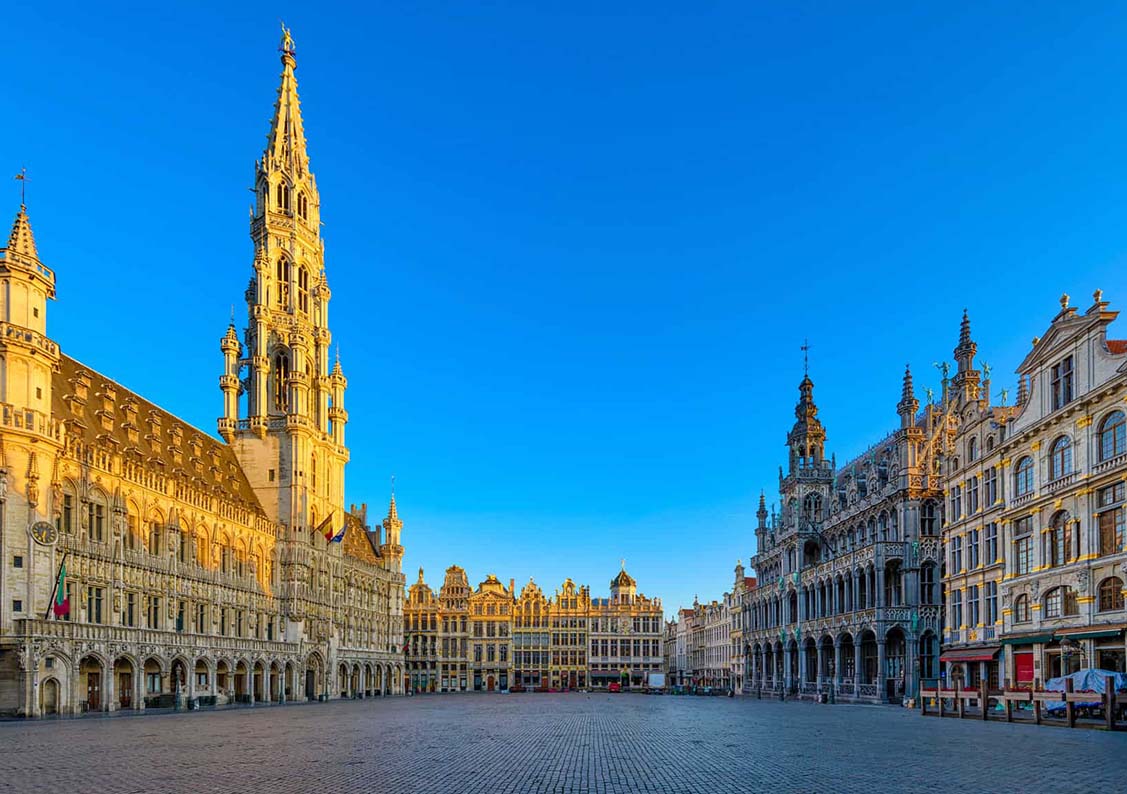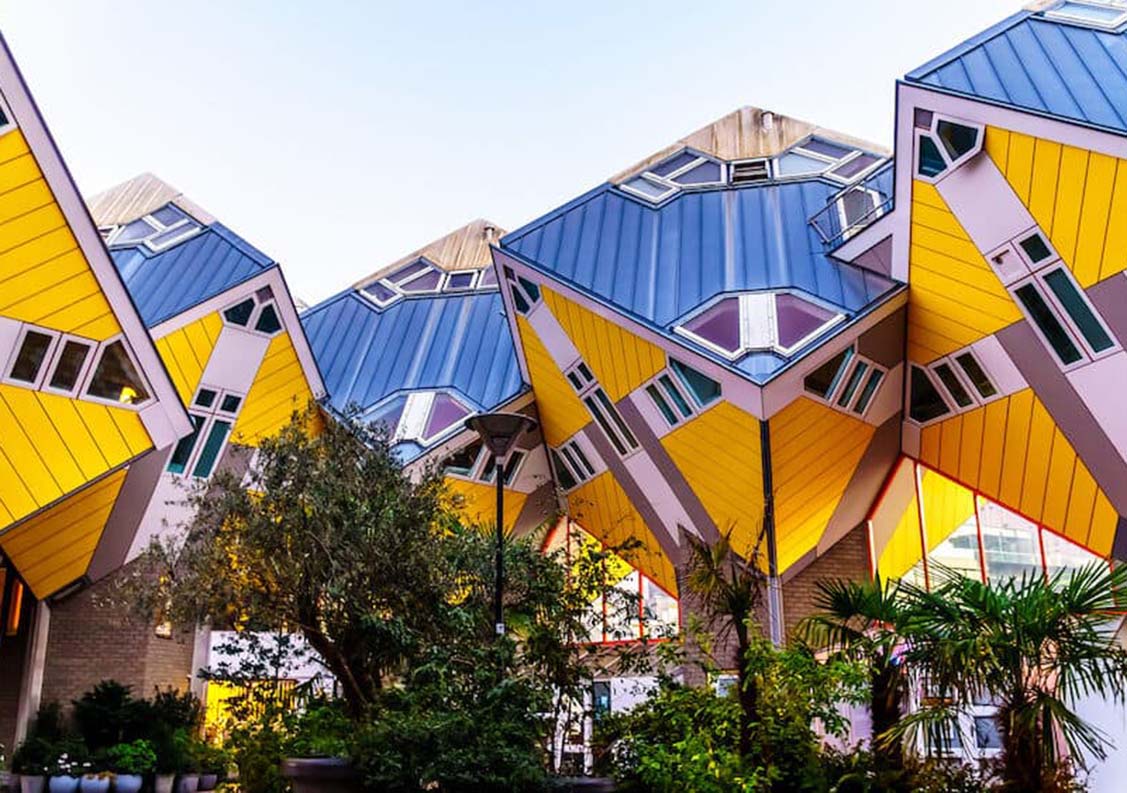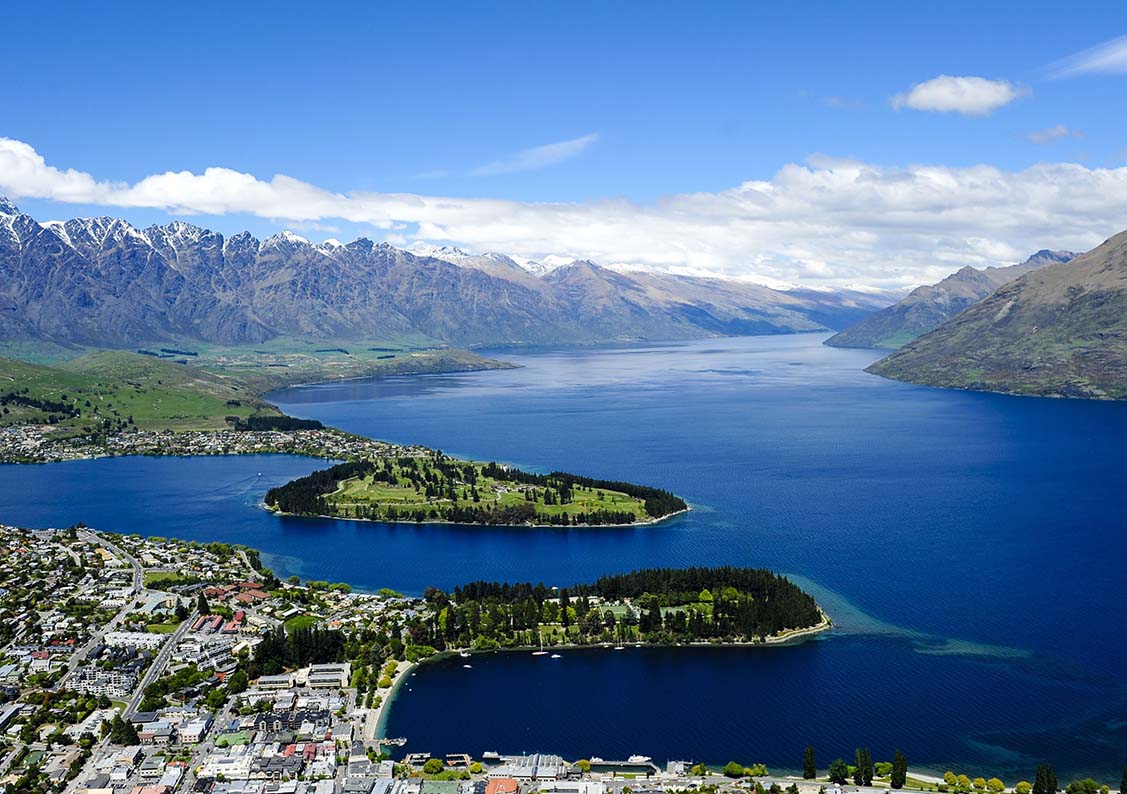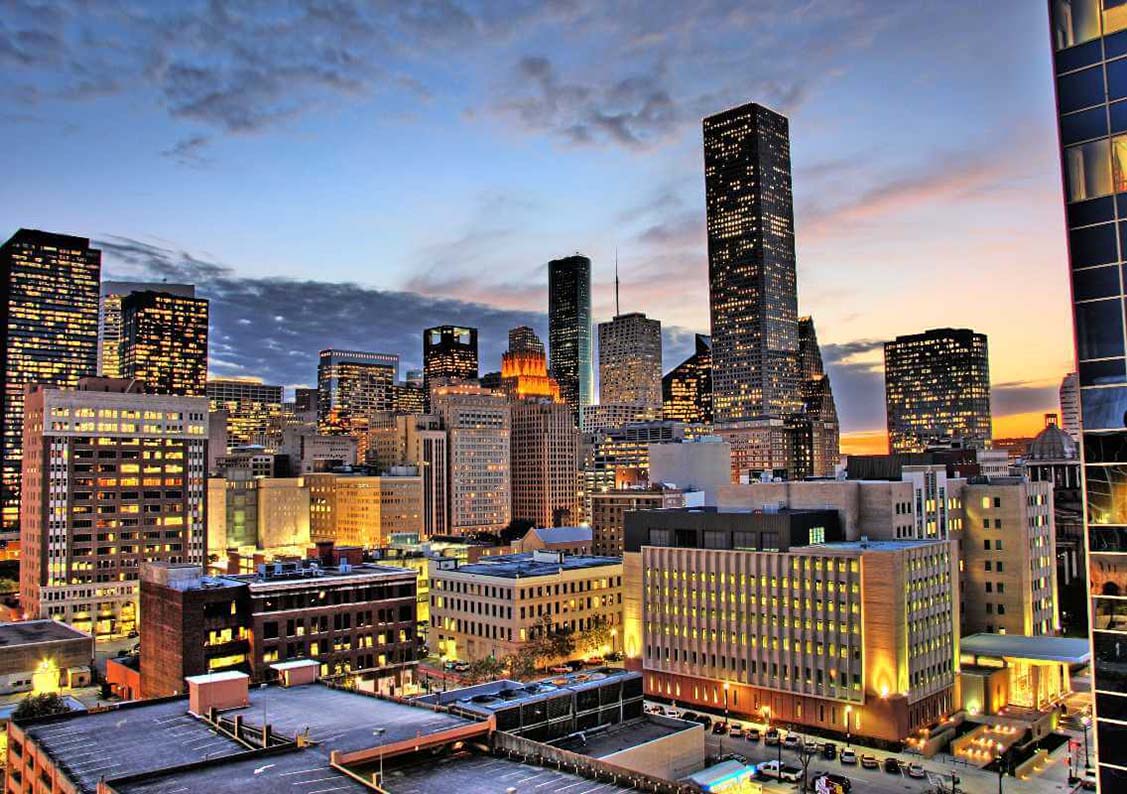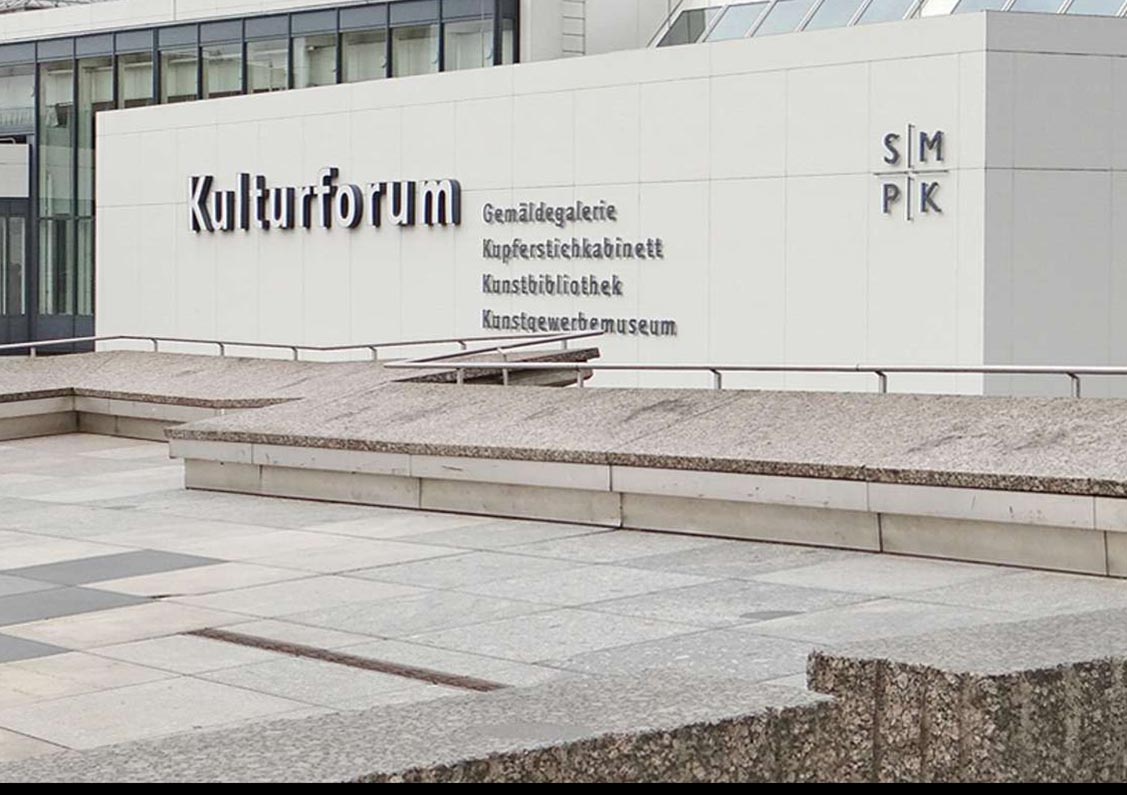Brussels, the vibrant capital of Belgium and the European Union, is a city rich in history, culture, and gastronomy. From its medieval architecture to its modern political significance, Brussels offers a unique blend of experiences that cater to every type of traveler. During my recent trip to Brussels, I immersed myself in the city’s charm and discovered both its well-known and hidden treasures.
Travel Essentials
Packing and Gear
When preparing for a trip to Brussels, packing wisely is crucial for a comfortable and enjoyable experience. Here’s a rundown of what I brought along and found essential:
- Clothing: Brussels weather can be quite variable, so layering is key. I packed a mix of light and warm clothing. A waterproof jacket is indispensable due to the frequent rain. Comfortable walking shoes are a must, as you’ll likely be exploring the city on foot. Don’t forget to include a pair of smart-casual outfits for dining or any special occasions.
- Electronics: Bring a universal power adapter, as Belgium uses Type E sockets. I also carried a portable charger to keep my phone and camera charged throughout the day. A camera with good low-light capabilities is useful for capturing the city’s nightlife and its stunning architecture.
- Travel Documents: Keep your passport, travel insurance details, and copies of important documents in a secure but accessible place. I found it useful to have both physical and digital copies.
- Health and Safety: A small first aid kit with essentials like pain relievers, band-aids, and any personal medications is always handy. Also, having hand sanitizer and face masks on hand was helpful for maintaining hygiene during my trip.
Appropriate Dress Code
Brussels is a cosmopolitan city, and while there’s no strict dress code, it’s advisable to dress smartly, especially when visiting upscale restaurants, theaters, or formal establishments. Casual wear is acceptable for most tourist attractions, but smart-casual attire is appreciated in more refined settings.
Currency Exchange
Belgium’s currency is the Euro (€). Exchange rates are quite favorable, but it’s best to exchange some currency before you arrive. I used a combination of local ATMs and currency exchange offices. ATMs offer a good rate and are convenient, but be aware of potential fees. Avoid exchanging large amounts at airport exchange counters, as their rates are often less favorable.
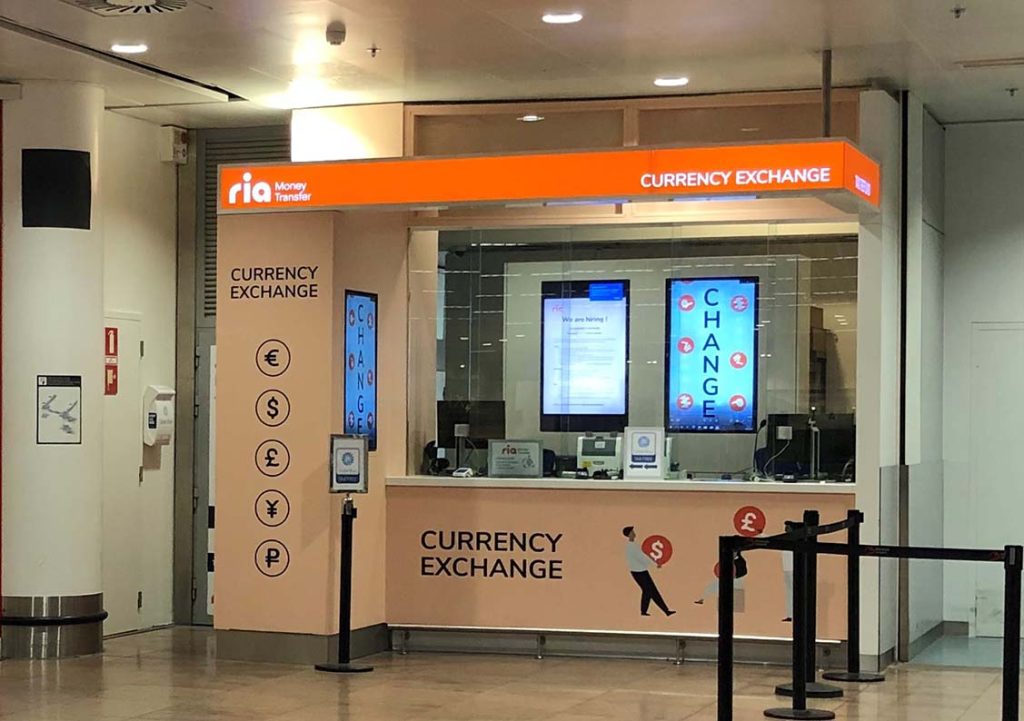
Local SIM Card
To stay connected, I purchased a local SIM card upon arrival. The process was straightforward:
- Airport Purchase: You can buy a SIM card at the Brussels Airport, where several kiosks offer various options. I opted for a prepaid plan with data, calls, and texts included.
- Local Shops: Alternatively, you can purchase a SIM card from shops like Kruidvat or Carrefour in the city. These shops offer competitive rates and a range of options to suit different needs.
- Activation: SIM cards generally come with instructions for activation. Ensure that your phone is unlocked and compatible with European networks.
Local Etiquette and Cultural Tips
Understanding Local Etiquette
Belgium is a blend of different cultures, and Brussels, being the capital, reflects this diversity. Here are some important etiquette tips I observed:
- Greetings: A handshake is the most common form of greeting. In more informal settings, a light kiss on both cheeks is common among friends and acquaintances. Always address people with “Monsieur” or “Madame” followed by their surname until invited to use their first name.
- Language: Brussels is bilingual, with both French and Dutch being official languages. In most tourist areas, English is widely spoken. However, making an effort to use basic French or Dutch phrases is appreciated. Simple greetings like “Bonjour” or “Dank u” can go a long way.
- Dining Etiquette: When dining out, it’s customary to wait for everyone to be served before starting your meal. Tipping is not obligatory, but rounding up the bill or leaving a small tip for good service is appreciated. In more formal settings, it’s polite to keep your hands on the table (but not your elbows) and to avoid talking with your mouth full.
- Public Behavior: The Belgian people value quiet and respectful behavior, especially in public transport and places like churches or museums. Loud conversations or phone calls are considered impolite.
Personal Experiences with Local Etiquette
During my stay, I encountered a few situations that highlighted the importance of respecting local customs:
- In a Café: I accidentally made a loud phone call in a small café, only to be met with disapproving glances. I quickly realized that maintaining a low profile and speaking softly is the norm in such cozy settings.
- Museum Visit: At the Magritte Museum, I observed that visitors maintained a respectful silence, allowing everyone to fully appreciate the artwork. I followed suit and found the experience much more enjoyable.
- Dining Out: At a traditional Belgian restaurant, I noticed that waiting for everyone to be served and following the lead of the host was essential for a smooth dining experience. I appreciated the sense of order and respect this practice fostered.
Top Attractions in Brussels
1. Grand Place
Overview: The Grand Place is Brussels’ central square and is often considered one of the most beautiful squares in Europe. Surrounded by opulent guild houses and the magnificent Town Hall, the square is a UNESCO World Heritage site and a must-see for any visitor.
How to Get There: The Grand Place is centrally located and can be easily reached by walking from many central hotels. The nearest metro station is Gare Centrale.
What to Do: Explore the intricate architecture of the guild houses, visit the Maison du Roi (King’s House), and enjoy a coffee at one of the surrounding cafes. The square is also famous for its flower carpet event held every two years in August.
Tips: Visit early in the morning or late in the afternoon to avoid crowds. Be mindful of pickpockets in busy areas.
2. Atomium
Overview: The Atomium is an iconic building and museum in Brussels, representing an iron crystal magnified 165 billion times. Designed for the 1958 Brussels World Expo, it’s a unique example of mid-century modern architecture.
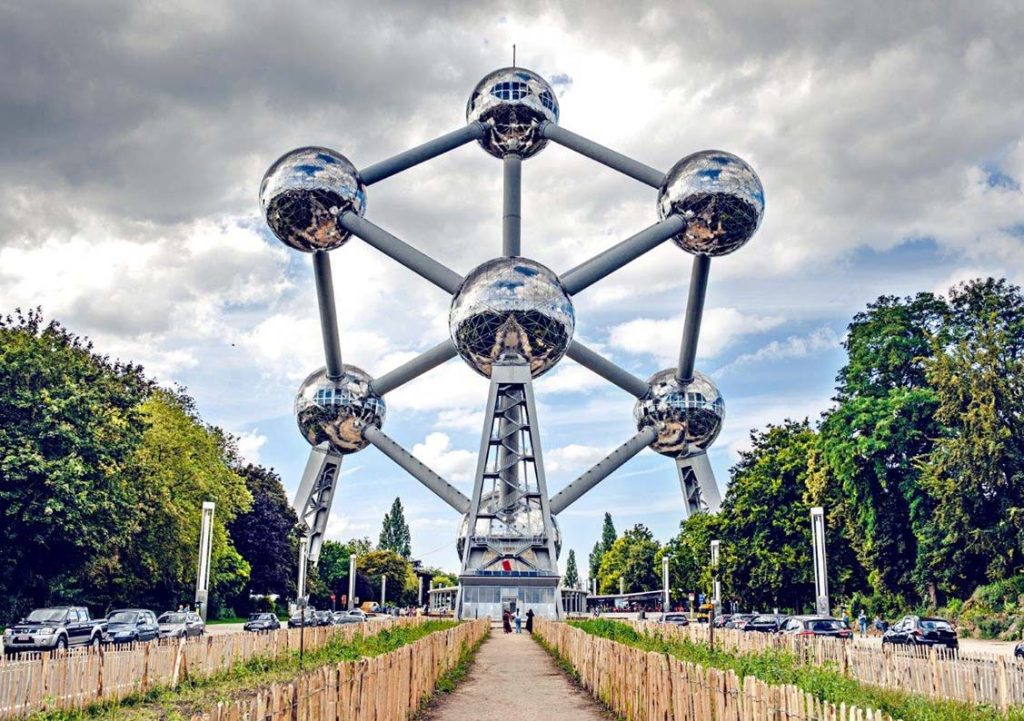
How to Get There: Take the metro to Heysel/Heizel Station, which is a short walk from the Atomium.
What to Do: Explore the spheres and their exhibitions, which focus on science, art, and history. The top sphere offers panoramic views of Brussels.
Tips: Buy tickets online in advance to avoid long queues. Wear comfortable shoes as there is a fair amount of walking and stair climbing involved.
3. Manneken Pis
Overview: Manneken Pis is a small but famous statue of a little boy urinating into a fountain. It’s a beloved symbol of Brussels’ irreverent sense of humor and local pride.
How to Get There: The statue is located near the Grand Place, making it easy to visit while exploring the central area.
What to Do: Take a photo with the statue and explore the surrounding area, which is filled with charming shops and cafes.
Tips: The statue is quite small, so don’t expect a grand monument. Be mindful of the crowds and watch your belongings.
4. Royal Palace of Brussels
Overview: The Royal Palace of Brussels is the official palace of the King and Queen of Belgium. Although it is not the royal residence, it serves as the venue for official ceremonies and state functions.
How to Get There: The palace is located in the city center, a short walk from the Parc du Bruxelles (Brussels Park). The nearest metro station is Parc.
What to Do: Admire the neoclassical architecture and explore the surrounding gardens. The palace is open to the public during the summer months.
Tips: Check the opening times before your visit, as the palace is only open to the public during certain periods. Dress respectfully when visiting.
Street Food and Safety Tips
Popular Street Snacks
- Waffles: Belgian waffles are a must-try, known for their light, crispy texture. You can find them served with various toppings like whipped cream, chocolate, and fresh fruit.
- Fries (Frites): Belgian fries are famously delicious, often served with a variety of sauces. Look for fries stands where they serve the fries in a cone with your choice of sauce.
- Chocolate: Brussels is renowned for its high-quality chocolate. Try sampling chocolates from famous chocolatiers like Pierre Marcolini or Neuhaus.
- Bitterballen: These savory meatballs are a popular snack in Belgium. They are deep-fried and often served with a mustard dipping sauce.
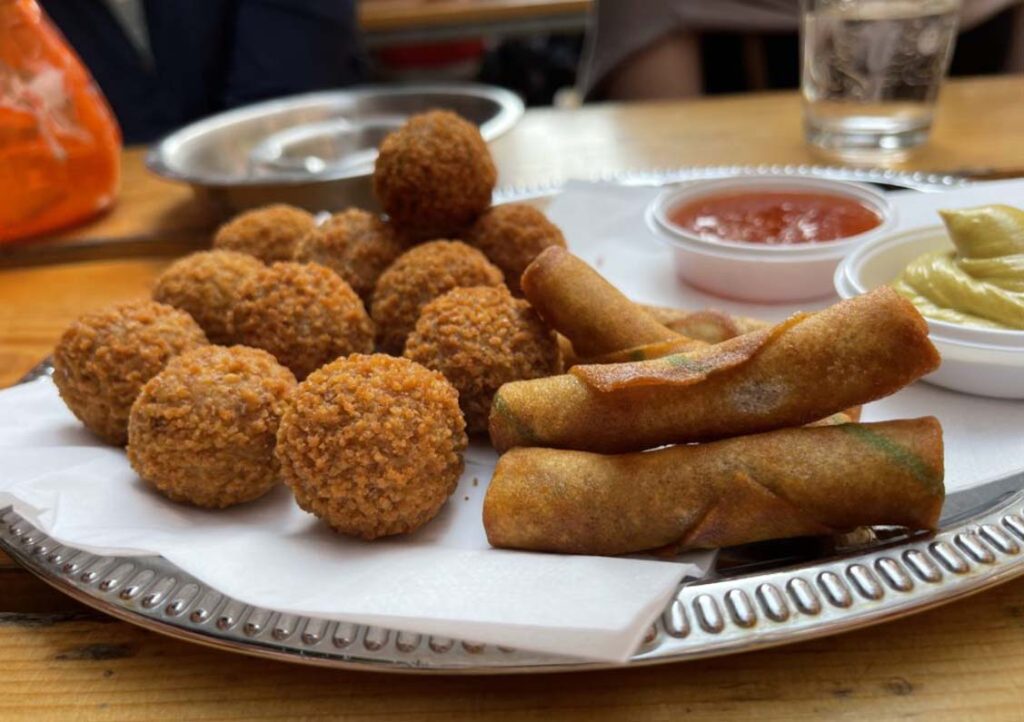
Food Safety Tips
- Choose Reputable Vendors: Opt for street food vendors that have a high turnover of customers, as this often indicates fresh ingredients and good hygiene practices.
- Observe Hygiene Practices: Ensure that the vendor is following proper hygiene practices, such as wearing gloves and using clean utensils.
- Avoid Risky Foods: If you have a sensitive stomach, be cautious with foods that are raw or undercooked. Stick to well-cooked items and avoid anything that looks questionable.
Itinerary Planning and Budgeting
Sample Itinerary
Day 1: Arrival, check-in, and exploring the Grand Place and Manneken Pis. Dinner at a local restaurant.
Day 2: Visit the Atomium and Mini-Europe. Explore the surrounding Heysel area. Dinner at a traditional Belgian eatery.
Day 3: Explore the Royal Palace of Brussels and Parc du Bruxelles. Visit the Magritte Museum or another local museum in the afternoon. Enjoy waffles and chocolate tasting in the evening.
Day 4: Day trip to nearby cities like Bruges or Ghent. Return to Brussels for a final evening of dining and exploring.
Budget Adjustments
- Accommodation: Book in advance to secure better rates. Consider staying in a central location to save on transportation costs.
- Dining: Mix dining at high-end restaurants with street food and casual eateries to manage your budget while still experiencing local flavors.
- Transport: Use public transportation or walk when possible to save on travel expenses. Consider purchasing a travel pass if you plan to use public transport frequently.
- Souvenirs and Extras: Set aside a portion of your budget for souvenirs and any unexpected expenses. Stick to your plan but allow some flexibility for spontaneous activities.
Travel Insurance
Travel insurance is an important aspect of any trip. I opted for comprehensive coverage that included medical expenses, trip cancellations, and theft or loss of belongings. It provided peace of mind and was well worth the investment.
Brussels is a city full of surprises, from its rich history and stunning architecture to its delicious food and warm hospitality. By following this guide and planning ahead, you can make the most of your visit and create lasting memories.
